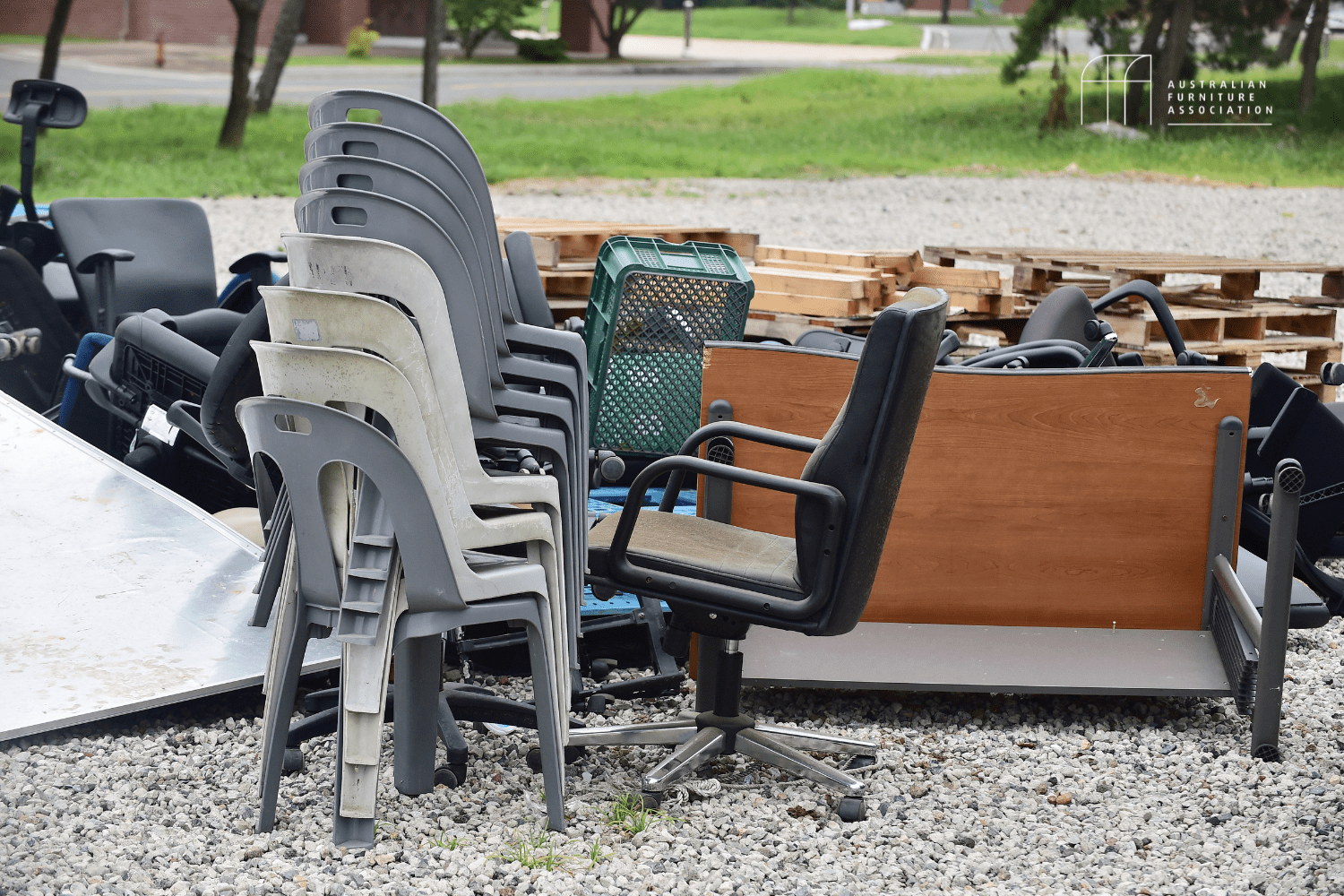In the age of instant gratification, “fast furniture” has become the home décor equivalent of fast fashion—cheap, trendy, and easily disposable. Mass-produced furniture items are often made with low-quality materials like particleboard and synthetic fabrics that deteriorate quickly, leading to increased waste in landfills. According to the Environmental Protection Agency, over 12 million tons of furniture waste is generated annually in the U.S. alone, much of which ends up unrecycled. The demand for quick, inexpensive furnishings also drives deforestation and high carbon emissions during production and shipping.
The environmental toll doesn’t stop at waste. Fast furniture is typically produced in countries with lax environmental regulations, relying on resource-intensive manufacturing and fossil fuels for transport. Moreover, many pieces are coated with chemicals like formaldehyde-based glues and flame retardants that pollute indoor air quality and contribute to long-term ecological harm when discarded. These toxins can seep into the soil and water, impacting both wildlife and human health.
To counter this growing issue, sustainability experts recommend investing in durable, ethically-made furniture crafted from reclaimed wood or recycled materials. Buying secondhand or supporting local artisans can also reduce your carbon footprint. Conscious consumer choices, alongside corporate responsibility, are vital to shifting away from the disposable culture fast furniture promotes—toward a more sustainable and environmentally respectful way of living.







